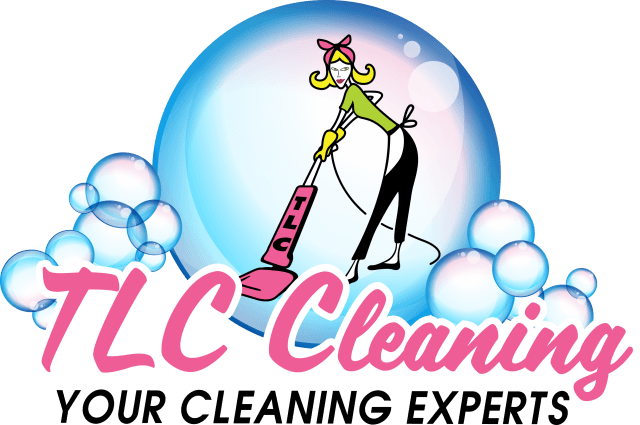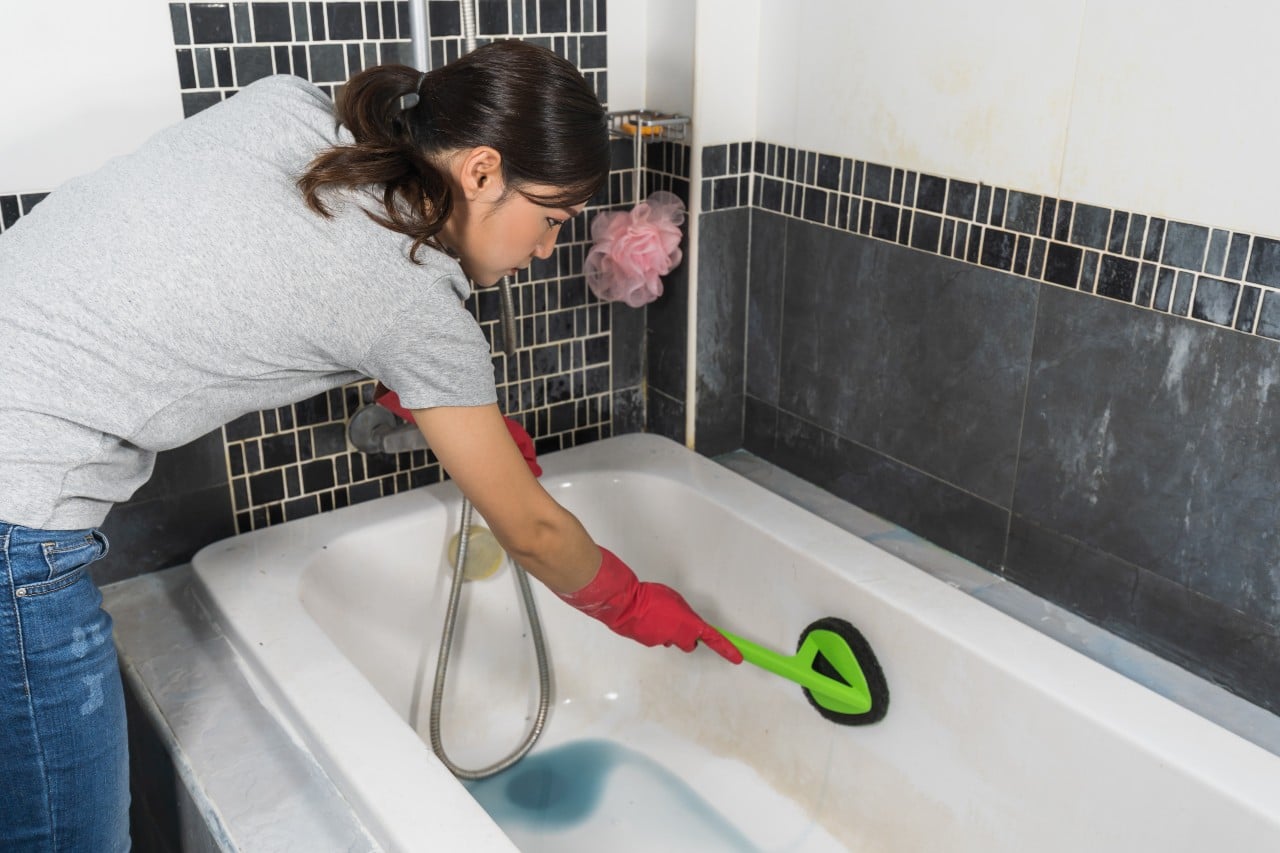Cleaning a porcelain tub can be one of the most unwanted tasks to do in your home. Unfortunately, it is also one of the most important. Your bathtub is a crucial point of hygiene that allows you to stay clean and, for many, a great place to relax and unwind after a stressful day.
A dirty bathtub can jeopardize that function by introducing a number of health factors you don’t want to have to deal with, as well as not protecting your investment for a very important part of your home.
Calling a professional can be a great way to keep your home clean, especially if you can’t spare the time. Not only are mold and mildew unsightly, but they can also add complications to the structural well-being of your bathroom.
A dirty tub can be a breeding ground for bacteria, leaving you dirtier than when you got in the bath. The spores of molds and mycotoxins they produce can begin to eat at the walls and flooring around your tub, too, making it ground zero for lots of problems you don’t need.
So let’s look at some ways you can keep your porcelain bathtub clean!
The Problem With Cleaning A Porcelain Tub
Even though porcelain tubs are very durable, clean up well, and look great in your bathroom, maintaining them right is the biggest challenge in cleaning a porcelain tub. It is almost counterintuitive to how people might approach getting a large fixture such as a bathtub cleaned. Porcelain, though very resistant to rust, stains, and temperature variations, is susceptible to scratching from abrasive materials.
Porcelain rates at about a seven (7) on the Mohs scale for hardness, which means it is generally safe from being scratched by anything lower on the scale, but seven (7) is fairly mid-range on the scale, so you have to be careful. The urge to bust out the steel wool and abrasive cleaners has to be resisted at all costs to keep your tub in good shape. Do NOT use steel wool! Marring the porcelain glaze on your tub can result in needing to have the tub reglazed, which can be very expensive.
Scratching the surface allows dirt, bacteria, and other materials to sit inside these scratches, making the surface rough and dingy. In a worst-case scenario, scratching deep enough can breach the glaze entirely, allowing the cast iron structure of the tub beneath to rust. Products containing bleach can also oxidize the metal under the porcelain and cause problems as well.
Deep Clean Your Tub
It’s a dirty job, but you’ll be glad you did it once it is done. The more frequently you clean your tub, you will notice that the easier it is to keep it clean. With just a little bit of time, physical effort (elbow grease), and know-how, cleaning a bathtub can be a snap! Be aware that some cleaners are unsafe for porcelain and may contain chemicals that will etch the surface and ruin your glaze. Always read manufacturer guidelines before using a cleaner.
The products for cleaning you will need are:
- Protective gloves and clothing: Gloves, goggles, apron, or shirt you don’t mind getting dirty
- Nylon brush or sponge to scrub: These are gentle on porcelain. A “magic eraser” type sponge works well.
- Non-abrasive cleaner: Read your labels to make sure the cleaner is safe for porcelain.
- Water to rinse: Rinsing at the beginning and end of your project helps out a lot!
Steps to get out those stubborn stains
- The first thing you will want to do is to rinse your bathtub with hot water. This will remove any large particles or abrasive materials that could scratch your tub as you clean, such as sand, chunks of grout, or other hard objects.
- There are a couple of different methods of using a cleaner. One of the most effective methods is a spray-on foaming cleaner. Spray on the cleaner and allow it to sit for a few moments. You’ll notice the grime will begin to break loose. Don’t rinse yet!
- Get in there and use your elbow grease to start scrubbing. Use overlapping circular patterns to eliminate gaps in your cleaning path. Be sure your bathroom is well-ventilated, and you are wearing protective clothing. Cleaners can be very harmful to your skin, eyes, and soft tissue.
- You’ll notice the dirt is really beginning to break down. Wring out your sponge in a bucket of warm water and take a few passes at the tub. Over time you’ll notice the tub is getting cleaner with every pass.
- Rinse and repeat: You’ll want to rinse your tub with clean water after a few passes to see the progress you’ve been making. If it is still not clean, reapply cleaner, wait, and repeat the process until it looks good.
- Rinse away all the cleaners to make sure your tub is safe for your next soak. When your tub dries, you should see a nice reflective sheen in the light, and it should be smooth to the touch. If you notice residue or roughness, you might have to call for professional help. Either to deep clean your tub or to have it reglazed.
Call In The Professionals
Cleaning your bathtub can go a long way to protecting your home and health, as well as making it look beautiful on the inside. Cleaning a porcelain tub can be quite an undertaking, especially if you need more time to dedicate to getting the job done right. TLC Cleaning has been helping people clean their homes for years. Not just with quality cleaning services that can free up your time, but also in providing advice to our clients you can appreciate.
Contact us if you have a tub that needs cleaning, a kitchen that feels like a disaster area, or needs routine cleaning or advice. Our staff of experts is here to help!





